Institute for Advanced Studies on Asia
Digital Library of Antiquarian Asian Materials
http://imglib.ioc.u-tokyo.ac.jp
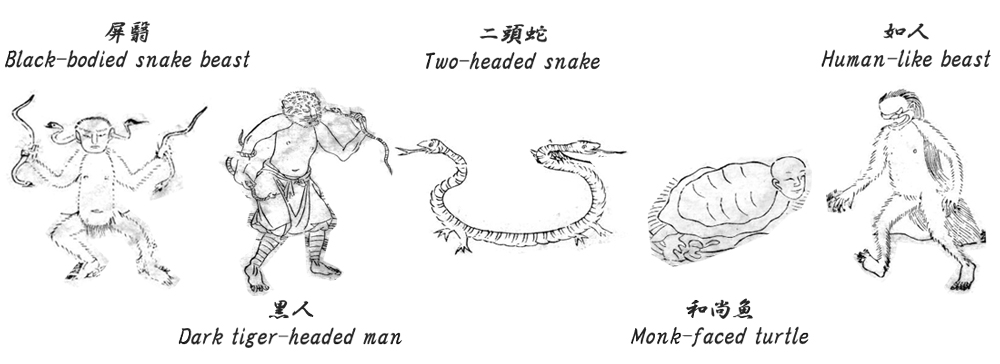
Database on Images of “Sancai Tuhui”: An Illustrated Encyclopedia in the Ming
Available for viewing online in its entirety, the Sancai Tuhui is a 106-volume Chinese encyclopedia, published in 1609 during the Ming dynasty, which features illustrations of subjects in the three realms of heaven, earth, and humanity. Take a look at the wildlife section and you will find a turtle with the head of Buddhist priest, a nine-headed fox (not to be confused with the famous fox of nine tales), and other bizarre-looking creatures. Also, some of the animals with ordinary-sounding names appear completely different from their modern counterparts. This encyclopedia is suitable for boys and girls who have gotten bored with their Pokédex.
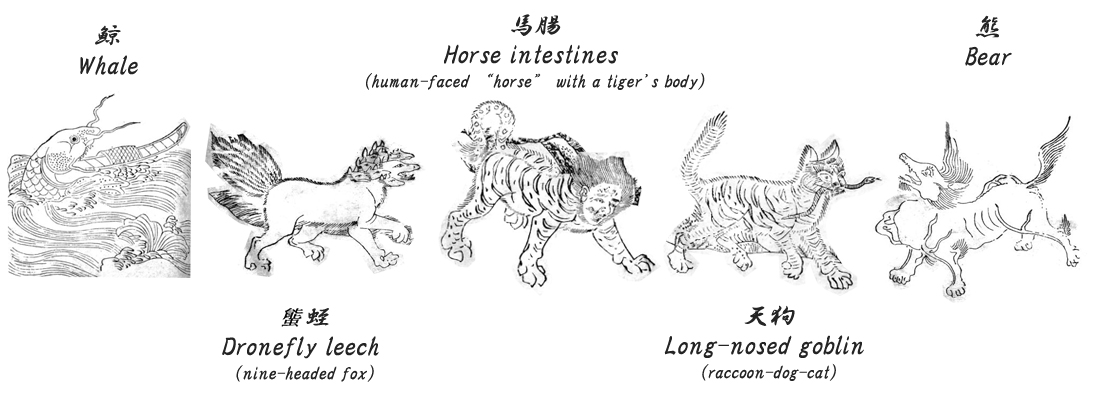
Institute of Social Science Library
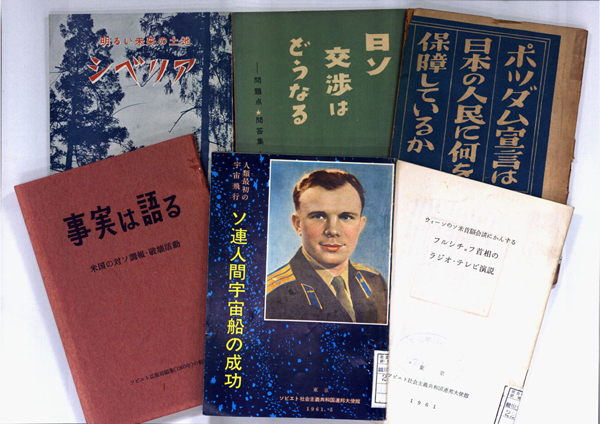
Hosokawa Collection *Not available online
This collection of books previously owned by Karoku Hosokawa, a former member of the House of Councillors who is also known for his role in the Yokohama Incident, includes works published by the Embassy of the Soviet Union at that time.
http://library.iss.u-tokyo.ac.jp/collection/
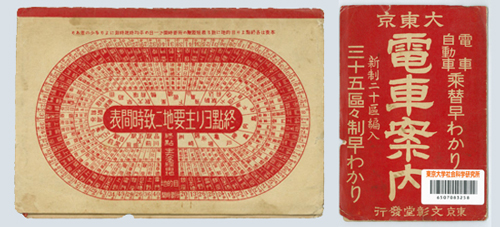
The Big Tokyo Train Transfer Guide: Simplified Transit Planner for Trains and Cars
Inside this booklet is a route map, and on the back cover there is an oval-shaped chart for quickly referencing the required time to reach one’s destination. This is how people looked up train routes in the pre-smartphone era.
Faculty of Education Library
Fujikawa Collection
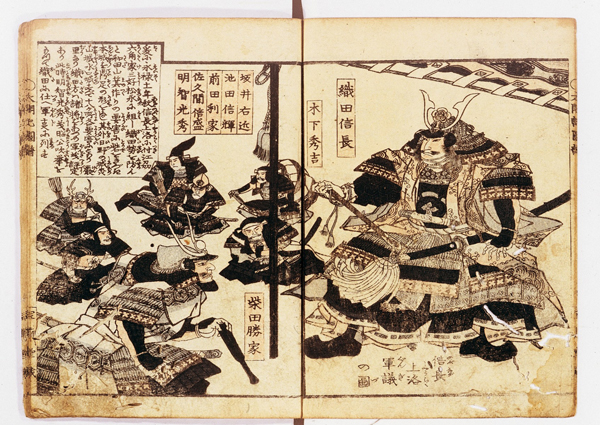
Taikoki Gafu (Picture Book of Taikoki)
Published by Toto Shorin (Yamatoya Kihe). The author is Yugensai Nanka. The Taikoki is a biography of Toyotomi Hideyoshi consisting of three volumes, with colored pictures covering two facing pages and furigana on all kanji throughout the text. In the pages with the “Nobunaga Joraku Gungi no Zu” (“Illustration of the War Council upon Nobunaga’s Procession to the Capital”), Nobunaga’s strong physical presence stands in stark contrast to those of Hideyoshi and the others off to his side.
https://iiif.dl.itc.u-tokyo.ac.jp/repo/s/fujikawa/page/home
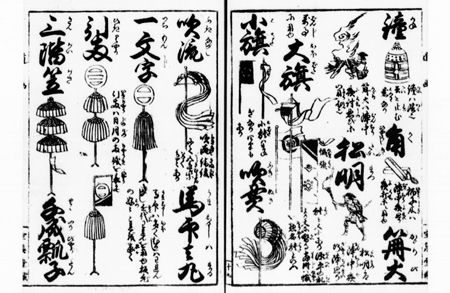
Dogu Jibiki Zukai Vol. 1 (Illustrated Dictionary of Tools and Objects)
Guide for children that uses text and pictures to describe various manmade tools and objects. From this page, we can see that children in the old days were expected to know about the types of uma-jirushi, the flags used by a military commander on the battlefield.
Faculty of Letters Library
Shibai Banzuke Image Database
http://www.l.u-tokyo.ac.jp/digitalarchive/collection/
-
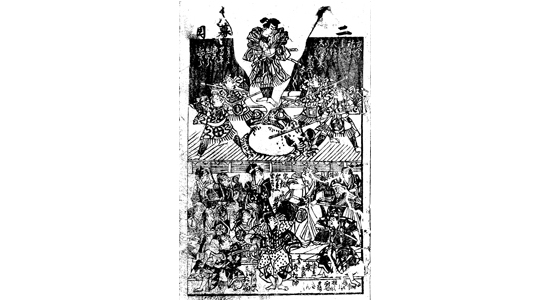 A man who uses “toad magic” to make an unexpected appearance
A man who uses “toad magic” to make an unexpected appearance
Tenjiku Tokubei Ikoku Banashi (Tokubei of India: Tales of Strange Lands)
Story about the life of Tokubei, a merchant who is said to have pursued commercial activities abroad and had traveled as far as India. From the ehon banzuke, it is clear that Tokubei had the power to appear magically out of a toad’s mouth. -
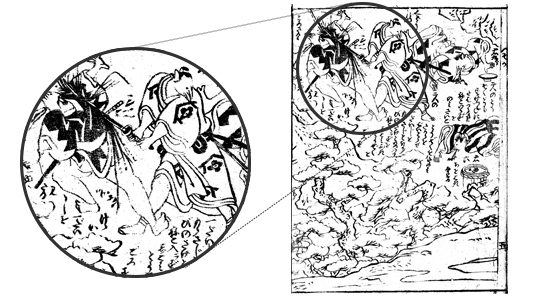 Of mice (and not men)
Of mice (and not men)
Neko Irazu So Soga (Mouse Soga: No Cats Allowed)
Soga Monogatari (The Tale of the Soga Brothers) is the story of brothers who seek to avenge their father by killing his murderer. All the characters that appear in this ehon banzuke version are mice. Even if you don’t understand it, it will surely pique your interest.
Komaba Library (College of Arts and Sciences)
Educational wallcharts previously owned by the First Higher School, Japan
http://gazo.dl.itc.u-tokyo.ac.jp/ichiko/kakezu/
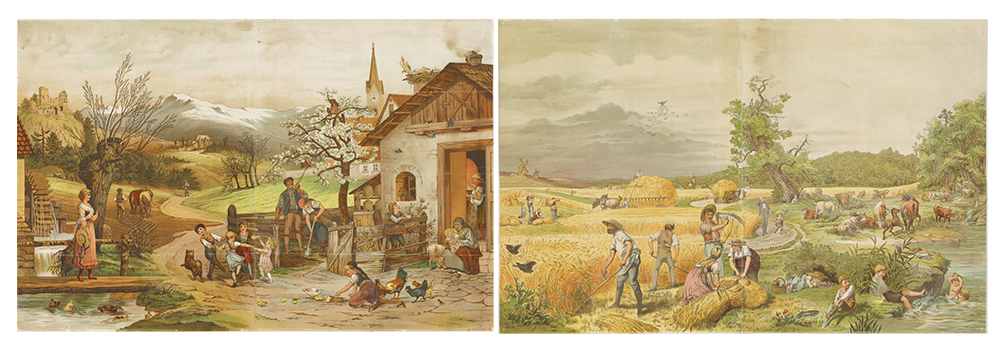
Hölzel's educational wallcharts, titled Spring and Fall
These wallcharts intended for language education, "Hölzel's Pictures for the use of Elementary classes and those studying modern Languages," were printed by Hölzel, a publishing company in Vienna, Austria. This was one of the series of wallcharts Hölzel developed with the intention of encouraging the intuitive learning of foreign languages.
Bringing Humanities Research to the Public: UTokyo’s Social Cooperation Programs
With the objective of encouraging “knowledge collaboration,” the University of Tokyo carries out ongoing initiatives to establish various social alliances not only in the sciences, but also in the humanities.
The University of Tokyo Executive Management Program (Todai EMP)
This 20-week program offers lectures for working adults under the themes of deep insight and learning, management knowledge, and communication skills. Lectures are held on a wide range of subjects, including religion, philosophy, economics, agriculture, drug development, life science, materials science, the environment, the universe, political science, and information science, all of which incorporate information on cutting-edge research results.
The Greater UTokyo Seminars
These seminars, which are presented in a juku (cram school) style, are led by professors thoroughly familiar with innovative and highly specialized subjects. Examples of seminars offered by professors in the humanities fields are: “Africa’s Rapid Progress and a New Perspective,” “Where is Russia Headed?” and “Close Analysis of China as a Newly Industrializing Country.” A lecture entitled “How Should We Approach Islam?” was just held last September.
The University of Tokyo Public Lectures
Started in 1953, these public lectures have been offered 123 times as of this writing. Professors of the University of Tokyo whose fields are related to the given theme gather together to lecture for three days. Recent lectures included themes such as “Wastefulness,” “Mind,” “Evil,” “To Change and to Be Changed,” “Imagination,” “Deceiving” and “Uniqueness.” One of the secrets to the popularity of this series of lectures is that the storied Yasuda Auditorium serves as their venue.
Special Friday Lectures for High School Students
Starting in 2002, these public lectures have been held at the College of Arts and Sciences on Friday evenings. They are intended mainly for high school students, though others are also welcome to join. The lectures are easy to attend, with no fees or need for prior registration. A major feature of this program is the use of a multimedia conferencing system designed to allow bidirectional communication with students who live an inconvenient distance away.
Faculty of Letters Public Lectures
Since 2000, the Faculty of Letters and the Graduate School of Humanities and Sociology has been offering public lectures at Tokoro Research Laboratory, its archaeological training facility located in Tokoro-cho, Kitami City, Hokkaido. Since 2011, these lectures are now also being held at the Hongo Campus. Last June, Professor Hideo Furuido explained the difference between hara-kiri and seppuku in his lecture entitled “Chushingura and Seppuku.”
Civil Guardian Training Seminars
Created with the purpose of training civil guardians (similar to “public guardians” in other countries), these seminars were started at the Graduate School of Medicine in 2009, and have been held at the Policy Alternatives Research Institute since 2011. In 2016, the “Regional Guardianship Promotion Project” was launched and is based on research jointly conducted by the Regional Guardianship Promotion Center and the Graduate School of Education’s Laboratory on Lifelong Learning.
UTokyo Student Legal Services
Legal consultations offered by UTokyo Student Legal Services began at the May Festival in 1947. Nearly one-third of students in the Faculty of Law, 250 students, are currently affiliated with this group. In line with its basic principles of “devotion to academic study” and “contributing to the local community,” UTokyo Student Legal Services provides free legal consultation services every Thursday, Saturday and Sunday, along with other legal activities, such as holding a mock trial at the May Festival.






